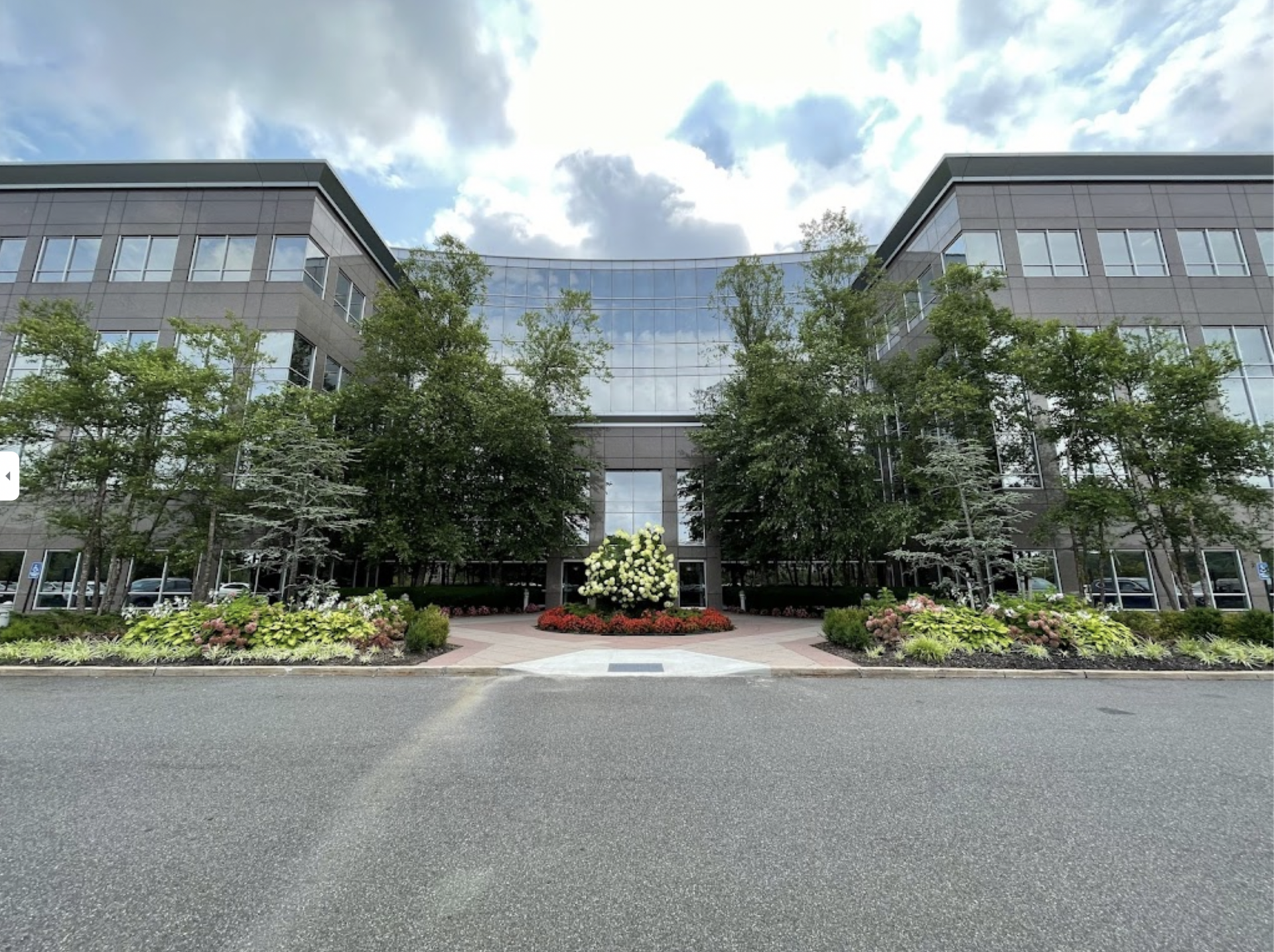Commercial real estate (CRE) price growth may keep outpacing CRE income growth, suggesting property values may not have reached their cyclical peak, according to First American’s Potential Capitalization Rate (CPR) Model for Q4 2021.
First American’s PCR estimates capitalization rates using historical data for interest rates, rental income, occupancy rates, debt, and recent property price trends.
In Q4 2021, the actual cap rate hit a record low of 5.2% while the potential cap rate sank to 4.4%. When the actual cap rate is significantly above the potential cap rate, as was the case in the fourth quarter of 2021, the model suggests that the CRE market can support a lower cap rate.
The National potential cap rate was 4.4%, down 0.3% from Q3 2021. This is its lowest level in 20 years, down from its peak of 8.9% in Q3 2001.
“Since the end of 2017, the potential cap rate has been below the actual cap rate because declining interest rates have reduced financing costs and increased buying power for CRE investors,” said Xander Snyder, senior commercial economist at First American.
“As the Federal Reserve raises interest rates, financing costs are likely to increase and reduce CRE demand. The potential cap rate, as supported by market fundamentals, may be as low as it can go. However, since the actual cap rate remains above the potential cap rate, the actual cap rate could still go even lower as CRE investors compete with each other for the income streams that commercial real estate provides.”
The Construction Consumer Price Index saw inflation run 2.5% higher for goods and services used in construction than inflation that consumers see. For commercial, it was at 21.7%.
